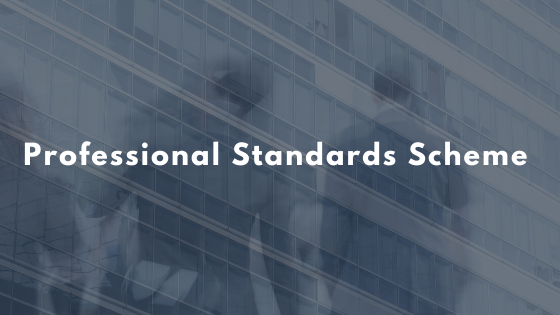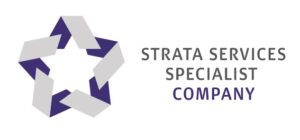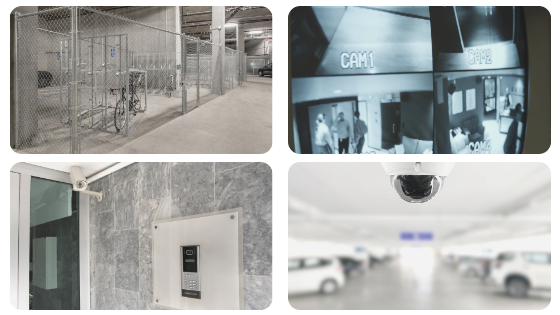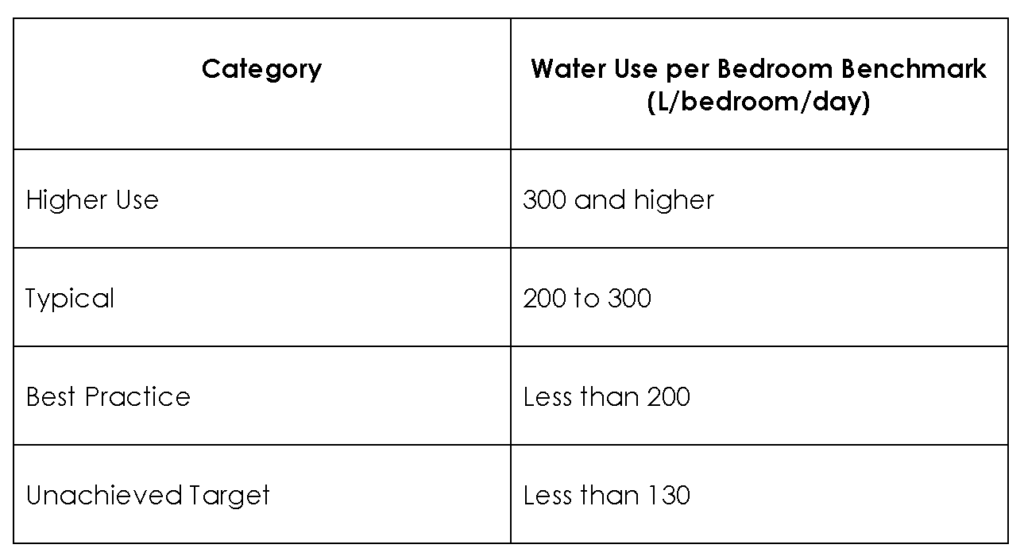
Over the weekend, the NSW Premier made the tough decision to introduce even further restrictions in the face of persistent community transmission of COVID-19.
CHANGES TO COVID-19 RESTRICTIONS
New changes to restrictions for Greater Sydney Area include the Central Coast, Blue Mountains, Wollongong and Shellharbour have been announced.
All other restrictions currently in place will remain in place.
Some clarity, particularly surrounding the servicing of common property in Strata Schemes was provided by the gazetted public health orders that were issued by the Government on Saturday evening.
Please note the following advice is based on our understanding as of today and further clarification or new rules may be introduced at any time. We shall continue to closely communicate with NSW Health, NSW Fair Trading as well the Minister’s office and update our members when information comes to hand.
CLEANING & WASTE MANAGEMENT
Clause 22A of the orders states the following;
Clause 22A Directions of Minister about visitors to places of residence
Insert after clause 22A(4)-
(4A) Despite subclause (4), a person is not authorised to visit a place of residence in Greater Sydney to engage in work that is cleaning or carrying out repairs, maintenance, alterations, additional or other trades at the place of residence.
(4B) Subclause (4A) does not apply if the work is urgently required –
a. to ensure the health, safety or security of the place of residence or the members of the household, or
b. because of an emergency
Example: Commercial cleaning and waste management is permitted within common property of strata buildings. Cleaning within individual lots is not permitted.
GARDENING
Due to no exemption to the contrary, landscaping and gardening works are to be deferred unless for an emergency i.e potential damage to property or safety risk.
FIRE SERVICES
We have sought clarity from the Fire Protection Association of Australia (FPA) and according to their latest member advice, fire protection maintenance is urgent to maintain the health, safety and security of premises for residents and for attending emergency services, with the exception of non-urgent work within residential units.
An excerpt of their advice relating to permissible works in below, and full details can be found in the following link http://www.fpaa.com.au/news/news/routine-service-work.aspx
- the following work must continue on fire safety systems and features during the lockdown period:
- routine service work;
- annual assessment; and
- rectification maintenance;
- all work must be carried out using appropriate personal protective equipment (PPE) and safety procedures;
- base building fire systems should be assessed, but common sense and health considerations should be taken with respect to servicing single occupancy units (SOUs); and
- where access cannot be obtained practitioners should work out alternative arrangements in the short term to satisfy themselves that systems are performing, and arrange to reinspect at a later time
CONSTRUCTION WORK, REPAIRS, AND NON-ESSENTIAL MAINTENANCE
Construction works, repairs and non-essential maintenance to be deferred. Emergency works and essential reactive repairs are permitted, however a pause on preventative and non-essential maintenance and remedial/upgrade construction work is in place.
Example: Lift outage, garage door malfunctions, or hot water / pump repairs are permitted.
Special Health Orders for the Canterbury-Bankstown, Fairfield and Liverpool (LGA’s)
Persons living in the Liverpool, Fairfield or Canterbury Bankstown LGA’s cannot leave their residence for work unless they are an authorised worker.
For a full copy of the most recent health orders and a list of the workers that have been permitted to work in the Bankstown, Canterbury and Liverpool LGA’s see the links below.















